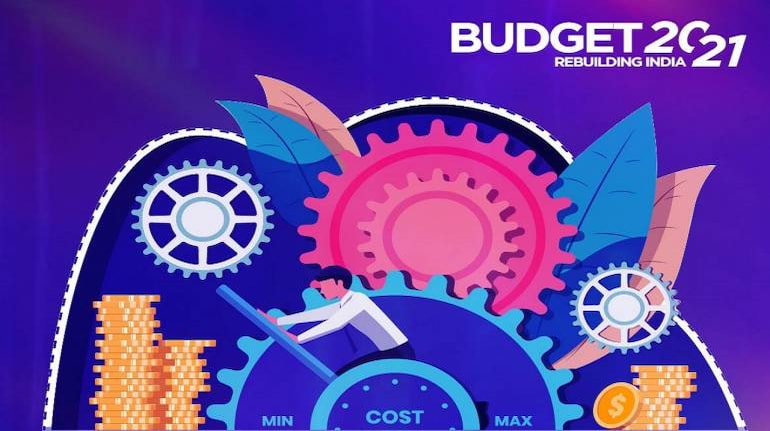



In her Union Budget 2021 speech, finance minister Nirmala Sitharaman proposed to do away with the National Small Savings Fund (NSSF) loan to Food Corporation of India (FCI) for food subsidy. Let us take a look at what it means and how it impacts the government’s expenditure and fiscal deficit.
The FCI procures food-grains--like rice and wheat--from the farmers at a minimum support price or MSP and sells at a Central lssue Price (CIP), both fixed by the union government. The CIP is lower than the MSP and the cost difference (after the revenue earned by sale to states) is adjusted by providing food subsidies through budget allocations.
But such budget allocations are typically lower than FCI’s shortfall and the organisation makes up the difference by borrowing from the National Small Saving Fund (NSSF).
For example, in 2019-20, the FCI wanted to claim a subsidy of Rs 3.18 lakh crore (1.8 lakh crore carried forward from the previous year and 1.3 lakh crore during the year) while the budget subsidy allocation was Rs 75,000 crore.
In February 2020, when the finance minister presented the budget for 2020-21, she had allocated Rs 77,983 crore for reimbursing FCI. This was bound to be inadequate considering that FCI had outstanding loans of about Rs 2.5 lakh crore from NSSF by March 2020.
Why did the government do this?
By telling FCI to take a loan from the NSSF, the government is able to keep its expenditure lower which is reflected in a smaller fiscal deficit – the difference between government’s income and spending. Of course, this also meant that the reported fiscal deficit in the budget accounts did not show the true picture.
This had prompted the Comptroller and Auditor General (CAG) to examine the off-budget financing in compliance with the provisions of FRBM Act. The “government has increasingly resorted to off-budget financing for revenue as well as capital spending,” the CAG report on Compliance of the Fiscal Responsibility and Budget Management Act, 2003, tabled in Parliament in January 2019 said.
While presenting the revised estimates for 2020-21, the finance minister has increased the allocation for FCI to Rs 3.44 lakh crore and decided to do away with the NSSF loan facility. This will bring down FCI’s outstanding shortfall although not fully eliminate it since the organization will make a subsidy claim of Rs 4.6 lakh crore (Rs 2.2 lakh crore in the current financial year as on January 21 plus the carryover from previous years).
Economists have welcome the move since it enhances transparency in government accounts.
“The revised allocation for food subsidy has been driven by the large costs related to the provision of free food grains under the Pradhan Mantri Garib Kalyan Ann Yojana until November 2020, as well as the prepayment of a loan that had been taken by the FCI from the NSSF,” Aditi Nayar, Principal Economist with ICRA said.
Thus, the total food subsidy for 2020-21 (apart from FCI allocation, this also includes subsidies towards sugar and procurement under the National Food Security Act) ballooned to Rs 4.2 lakh crore compared to Rs 1.2 lakh crore budgeted in February 2020.
“Earlier, FCI’s drawings from NSSF were not shown in the budget. Now, FCI’s dues are pushed into the food subsidy which is finally reflected in the fiscal deficit. The NSSF is still being used to cover-up or finance the fiscal deficit from the same fund, which is only helping make records more transparent. The NSSF’s contribution towards fiscal deficit is estimated at Rs 3.91 lakh crore in 2021-22 (BE),” said Madan Sabnavis, Chief Economist at CARE Ratings.
For 2021-22, the allocation for FCI has been budgeted at Rs 2.02 lakh crore. That’s also one of the reason why the fiscal deficit for 2021-22 is estimated at 6.8 percent of the GDP or Rs 15.07 lakh crore.
“In our view, providing the entire food subsidy amount through the budget, instead of funding a portion of the same through NSSF loans given directly to the FCI, has enhanced the transparency of the budget,” said Nayar
Discover the latest Business News, Sensex, and Nifty updates. Obtain Personal Finance insights, tax queries, and expert opinions on Moneycontrol or download the Moneycontrol App to stay updated!